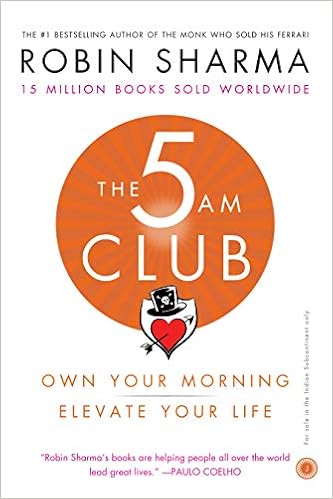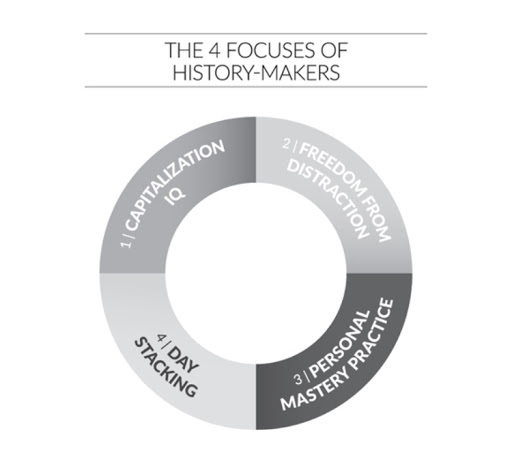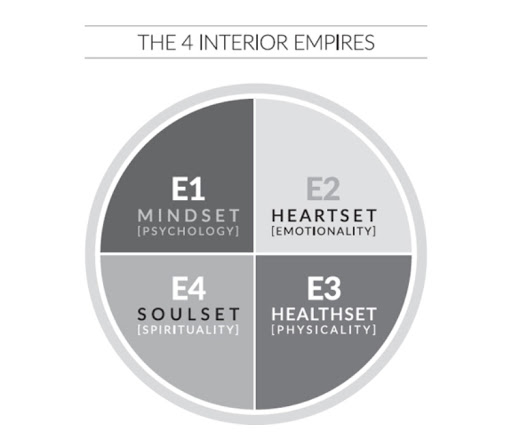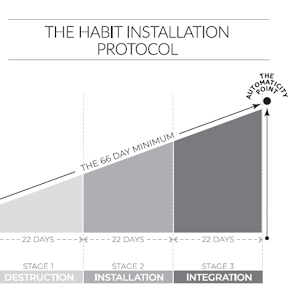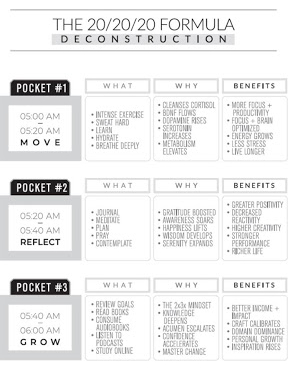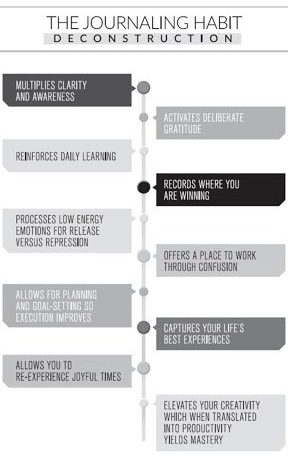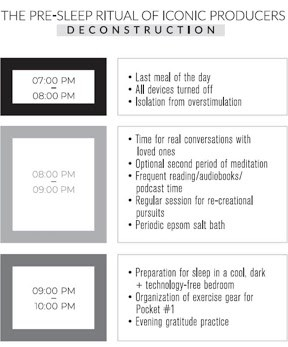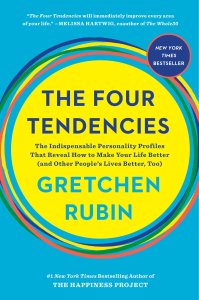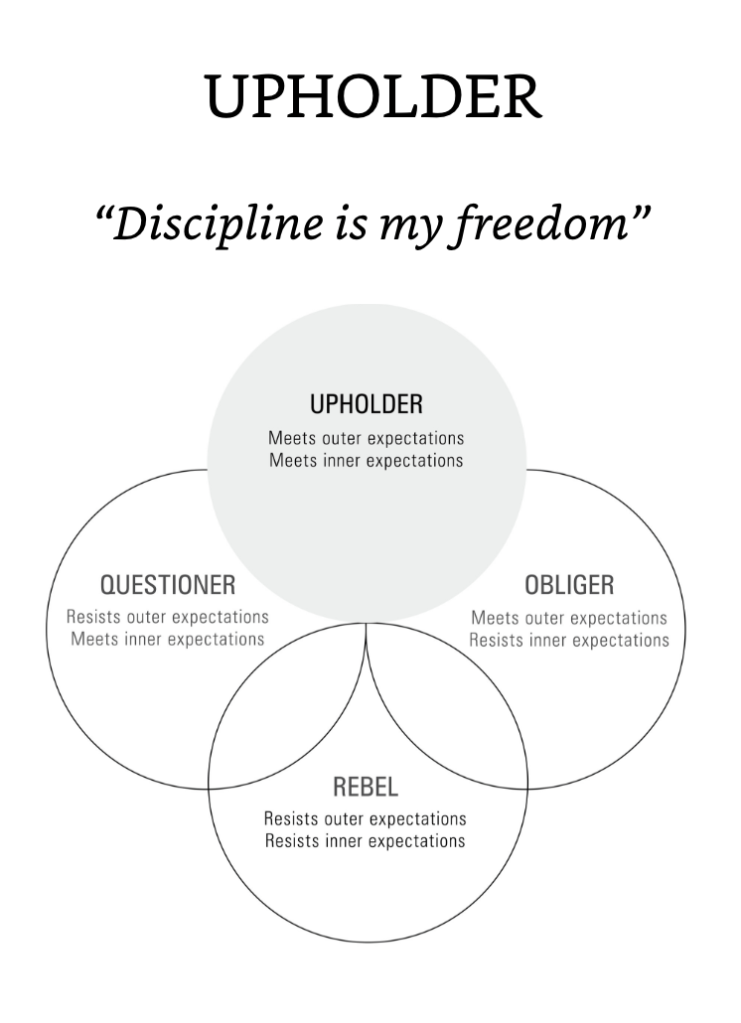I had been toying with the idea of meditating for a couple years now. I suppose the reason it took me so long to stop thinking about it and start doing it was due to the fact that I didn’t concretely see what the benefit would be. It seemed silly to me to spend 10 minutes a day sitting still with my eyes closed in order to…? What? Despite having read various books and studies that tout its benefits, it was hard for me to understand mindful meditation because it was only theoretical for me.
For me, mindful meditation is something that you have to do in order to understand.
For me, you can’t understand it and then do it.
Through mindful meditation, I have also come to learn that what Hunter Clarke-Fields says is true. I am an orange. If I am not mindful of my inner voice, my self-talk, and my thoughts, then I can never control what comes out of me when I’m squeezed under pressure. If I truly want to choose silliness, kindness, and peace in moments of parenting insanity, then I must take time out of each day to purposefully fill my orange or at least rid my mind of my self-doubt and self-criticism about parenting. Keeping those thoughts around only ensures that my juice will be sour. I’m not a super sweet person by nature but I certainly love the idea of having the gut-reaction of “be kind” in response to a toddler tantrum instead of my usual frustration and sometimes anger– those aren’t good for my kids and it only serves to increase my self-criticism and my inner narrative that I can’t keep control of things in my own house… and it absolutely does not make me feel good after things calm down.
I found Hunter Clarke-Fields’ book Raising Good Humans: A Mindful Guide to Breaking the Cycle of Reactive Parenting and Raising Kind, Confident Kids and picked it up hoping it could help me meld my New Year intention to be a meditator with my 4+year journey into learning to be a better parent. It was was a great read to help bring mindfulness to my often erratic and reactive parenting.
She also has a Mindful Mama Podcast that, if I were into podcasts, I’d check out, too.
Practicing mindful meditation is an exercise like any other. It is as essential as doing my training runs before running a race or as key as maintaining a consistent yoga practice for my strength and flexibility. I must also work out, exercise, train my mindfulness muscles in order to be a healthier person with healthier relationships.
This same mindfulness muscle is needed to remain mindful in the heat of the parenting chaos. If I haven’t strengthened those mindful meditation muscles I quite literally cannot tap into the knowledge I have worked hard to acquire on best parenting practices. When my younger kid smacks his older brother in the face my blood boils and if I haven’t done my meditation work out that day– or the day before– I am physically incapable of controlling my temper, taking a pause, and choosing kindness and peacefulness in my reaction.
When I’m struggling with my own rage, frustration, and helplessness, I am useless and powerless to help my kids process their own. Clarke-Fields offers this RAIN method for a mindful path through difficult feelings:
Recognize — She suggests using the “I am feeling ____” instead of “I am _____.” This helps you feel the feeling, which means it will pass through you, instead of being the feeling, which makes it seem like more a part of your identity.
Allow or accept– it’s ok to feel this way. You don’t need to act on it. Sometimes allowing the feeling and choosing not to act on it will help it pass through you.
Investigate– What does this feel like? What thoughts come up? Are they true? Where did this come from? I often feel the hopelessness that our house will ALWAYS be filled with boys biting, hitting, or yelling at each other. If I take a moment to investigate this feeling, I can rationally realize that it is NOT true. So much of our day together is not sibling rivalry chaos. Much of it is fun and silly and full of love for each other or quite simply there’s also lots of individual play where they aren’t even noticing each other.
Nurture– With compassion. Ask, “How would someone you love or admire be treating you as you go through this?” This is so key for me. Again, it takes me out of my head, which probably at that moment is filled with high emotions. I can quickly gain perspective for myself. And for my kids, when they are highly reactive and stuck in a tough moment this tactic helps me to not take it personally. I can think how would their teacher at school help them work through this moment and I can assume that role for them– in addition to the mom role where we get to have all the sweet hugs after the chaos.
Unfortunately but honestly, anger is a feeling I often encounter in this parenting journey. Basic psychology will tell you that anger is usually masking fear. So, in order to both deal with my anger/fear and to teach my kids not to react with anger when they are fearful of something, I need to first notice my anger and not judge it (because that’s when I really start to spiral down into shame), but then dig a bit deeper to determine what fear this anger is masking. Clarke-Fields suggests practicing TIPI (Technique d’Identification des Peurs Inconscientes) or in English “Technique to Identify Subconscious Fears.” Follow these simple steps:
- Close your eyes
- Pay attention to 2 or 3 physical sensations in your body. Mentally label or note the sensations to keep your mind fully present.
- Let those sensations evolve, continuing to note them. Breathe.
- Observe with curiosity and without interfering or trying to understand or control. Simply notice the sensation until your body restores a state of calmness.
I also recognize that, for me, anger is a quick, gut-reaction that occurs when I am triggered. Clarke-Fields asks parents to consciously inventory and then be mindful of their triggers. If we are aware of the triggers we can minimize their power over our reactions.
What are my triggers?
- Not being listened to. Being ignored.
- When my kids hurt each other physically.
- When I’m trying to do something and I just “can’t get anything done!”
- When I feel like I can’t stop something from happening and it all feels out of control. <– THIS! As an enneagram 8, this feeling of being out of control is a HUGE trigger for me.
When I am triggered my initial reaction is often anger and yelling. I think this will help me restore order. Clarke-Fields also asks parents to inventory and be mindful of what you would like to change about your parenting behavior. 100% I want to yell less. I don’t want to be that mom who yells at her kids every day and I don’t want that to be what they remember most about my discipline during their childhood.
“Anger is energy that needs to move through our body, so we can mindfully notice the feeling arise and let the energy of anger move through us.”
We need to “take care of our anger” = we release the energy of anger & calm down our nervous system.
So, this next exercise is pretty handy. It’s literally called the “Create Your Yell-Less Plan.” I’m not kidding. That is the name of the plan and it’s as if Clarke-Fields was inside my brain (or just inside my home on a regular basis) when she decided to title it that. This gives me hope. Clearly, other parents struggle with yelling as a reaction to their triggers, too. I’m not alone in this.
Here is her suggested plan:
- Talk Yourself Down. Tell yourself you’re safe: “This is NOT an emergency. I CAN handle this.”
- Adopt A Mantra to maintain perspective and repeat it to yourself when you’re fed up and feel like you’re going to explode:
- “He’s only two. He’s only two.”
- “I don’t have to win.”
- “Choose love. Choose kindness. Choose peace.”
- Create A Mantra for yourself and remind yourself that you can MAKE THE CHOICE to REMAIN CALM
- “Still water”
- “I choose peace”
- “Relax. Release. Smile.”
- “Just be kind.”
- “This will pass. Breathe.”
- “When kids start yelling, I get calmer.”
- Take A Break. Find a “safe spot” for your kids and walk away for a few minutes.
- 5-8 Breathing. Breathe in for 5-count. Breathe out for 8-count. Repeat.
- Sigh it out. Repeat 5-6 times. This promotes relaxation.
- Mindful Walking. Slowly, deliberately. Breathe and let go of anger and frustration. Step one foot down and breathe in, place the other foot down and breathe out. Repeat.
- Think Like A Teacher. Don’t take misbehavior personally. Instead ask: “What does my child need to learn and how can I teach him that?”
- Whisper Instead. It’s almost impossible to sound angry and it might bring some humor.
- Use A Funny Voice. Be a robot or Eeyore. Inject humor into the moment. It’s hard to be angry when laughing.
- Tense and Release Your Muscles. Work the anger out through your body, not your voice.
- Strike a Pose. Drop into forward fold or another calming, centering yoga pose.
- Wait. Wait 10 minutes or 24 hours before addressing the issue. It’s fine to come back and talk to your child later about appropriate language and behavior– when you are using appropriate language and behavior.
- Ask For Help. Ask for another adult to give you a break and talk to the child. Have the child explain to the adult that happened.
I am often short on patience and a good way for me to tap into more reserves of patience is to tap into empathy.
Empathy is our parenting superpower. It’s the skill that will help our children achieve the holy grail of their own emotional regulation. When we can sense what our children are feeling and experiencing– and be present with them– we are building connection and attunement.” p. 63
Connecting and communicating with my kids are of the utmost importance to me. I want them to be good communicators with me and use what they’ve learned at home to be good communicators with others out in the world. Therefore, I have to be mindful of how I communicate with them.
If this is my goal, then I have to minimize my use of “communication barriers” which may seem to work in the moment of parenting chaos, but, in reality, only serve to shut down building sincere, open communication habits with my kids. These “communication barriers” are:
- ordering
- threatening
- advising/offering solutions
- blaming
- name-calling/judging
- dismissing
Instead, I will strive to share my feelings of frustration, hurt, and anger with my kids by using “I-Messages” to help them remember that we are part of a family, a team, and our actions and words have an impact on the other people in our family. Kids need to learn that they play an important role in the family and need to pay attention to meeting the needs of other people in the family not just to get their own needs met. I want to shape their behavior by building their empathy and concern for the other people on our team. I don’t want their cooperation because they are rotely complying, because they are fearful, or because they are feeling defeated and powerless themselves.
What’s an “I-Message”? Glad you asked! An I-Message is a statement that helps kids see how they can help you get your needs met. Moms and dads have needs in addition to kids. Ignoring our needs can be what leads to familial conflict. It also helps them consider how their actions affect others. Here’s how it works:
- Describe the behavior: “Your hair isn’t brushed.” OR “Your hair is a mess.”
- Describe a specific, tangible effect: costs time, money, energy, prevents you from doing something you want or need to do, upsets your body or senses
- Share your feelings
Here are some I-Message examples:
- Instead of “Don’t kick me!” –> “Ouch! That really hurts me. I don’t want to be kicked!”
- Instead of “Put your toys away” –> “With your toys all over, I feel annoyed and it’s hard to enjoy our time together.” OR “I feel disappointed when I see a big mess.”
- Instead of “Stop yelling” –> “When you yell, I can’t hear anything and feel grumpy and frustrated.”
- Instead of “You are such a good boy helping mommy”–> I feel good when I see you helping to ______.”
I like order in the house. I like things to feel under control. (Again, hello, Enneagram 8). So, I often hear myself barking orders at my kids. Sometimes it’s successful but even when it is, it often leaves me feeling awful for having ordered my kids around. Next time I start barking, I need to be mindful of my barking, notice it and try a new tactic. Clarke-Fields suggests instead of barking orders to “be silly to set limits”:
- Get into character. Special agent mom, alien who needs kids to explain rules, robot voice, cowboy voice, etc.
- Become contrary. “Please don’t get in the tub. You’re using soap? Nooooo! Ewwww!” This shifts the power struggle.
- Use silly language or silly songs. “The shoes, the shoes, it’s time to put on the shoes!” or “oh my darling, oh my darling, oh it’s really time to go” (to the tune of My Darling Clementine)
- Tell a crazy story. “Did I ever tell you about the little blue cat who didn’t stay beside his mommy in the parking lot?”
- Become incompetent. “Oh no! I forgot how to leave this park. Help!” or “Time to brush your teeth! Wait, where are your teeth? Are they here? (brushing elbow)”
My husband is so much better at this silliness than I am. I’m so endlessly grateful for a partner that can shift the energy and be that mindful voice for me when I’m not noticing the power struggle rut I’m stuck in with the boys.
I am not always a good parent. I am reactive and I get it wrong a lot of the time. However, I hope my kids will see my humility, my unending love for them, and my deep desire to do and be better. I am consistently admitting to them when I’ve made a mistake, asking them for forgiveness and for the chance to start over and try again. For me, this mindful parenting journey is not about perfection but rather about striving.
As the Buddha said:
“Improve your character through mindful striving. Or let your character worsen through negligence and obliviousness.”
I choose mindful striving every time.
